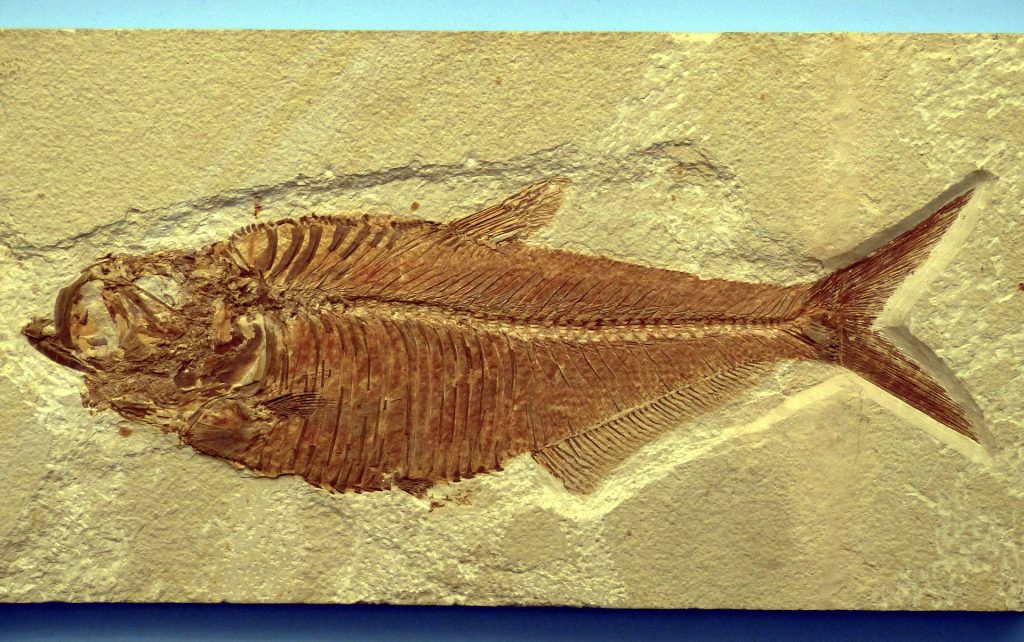 Could your fingers be linked to fish fins? Scientists’ new research may just lead us to the answer. A new study published by a team of researchers at the University of Chicago claim that there are significant evolutionary connections between our appendages and fish fins.
Could your fingers be linked to fish fins? Scientists’ new research may just lead us to the answer. A new study published by a team of researchers at the University of Chicago claim that there are significant evolutionary connections between our appendages and fish fins.
Evolutionary biologist Neil H. Shubin has been seeking connections between various tetrapods and fish for years. He has discovered numerous fossils, including one of a fish dating back more than 370 million years. However, the bones have never yielded strong evidence of fins being linked to human appendages.
On his spare time, Shubin runs a lab where he compares how tetrapods and fish develop as embryos. As it turns out, their embryos look similar at first. In fish, buds grow into fins, while they become limbs in tetrapods.
In 1996, researchers discovered that the Hoxa-13 and Hoxd-13 genes in mice were responsible for the development of their appendages. When they were shut down in experiments, the mice did not grow wrist or ankle bones. Despite this discovery, researchers did not have the knowledge to shut down genes in fish embryos.
Today, the situation is much different. In 2013, a researcher in Shubin’s lab used Crispr to manipulate fish embryos. From here, scientists began thinking of how genes similar to the Hoxa-13 and Hoxd-13 in fish could be altered to provide more insight into their fins.
Andrew R. Gehrke, a graduate student, ended up engineering zebrafish to follow how the Hox genes impacted cells involved in the development of dermal bones. Now, the collective research has scientists suggesting that Hox genes may be responsible for instructing cells to develop fins and limbs.
“These discoveries reveal a cellular and genetic connection between the fin rays of fish and the digits of tetrapods and suggest that digits originated via the transition of distal cellular fates,” wrote the authors of the report.
However, further research needs to be conducted to understand the link between humans and fish. Additionally, the study does not provide a definitive analysis on exactly how ocean-dwelling animals may have evolved to become land-based mammals.
“Comparisons of fins with limbs have been limited by a relative paucity of data on the cellular and molecular processes underlying the development of the fin skeleton,” the authors concluded.
Sources
Nakamura, Tetsuya. Gehrke, Andrew. Lemberg, Justin. Szymaszek, Julie. Shulbin, Neil. “Digits and fin rays share common developmental histories.” Nature. Published August 17, 2016.
Zimmer, Carl. “From Fins Into Hands: Scientists Discover a Deep Evolutionary Link.” New York Times. Published August 17, 2016.
